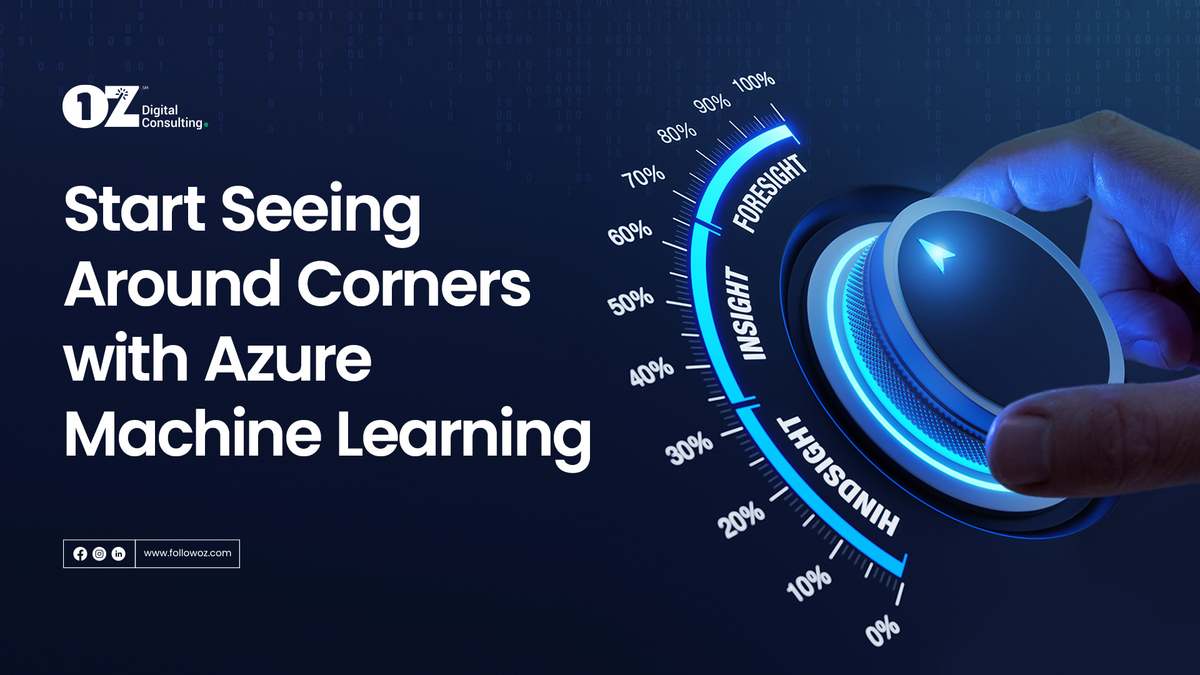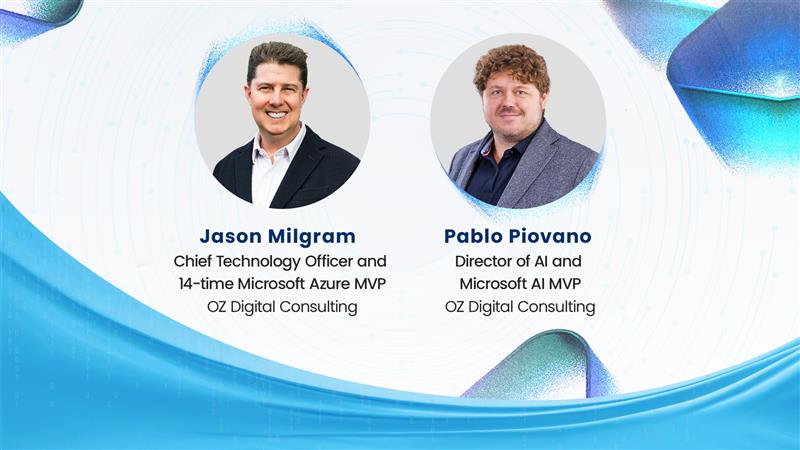By Sal Cardozo, Senior Vice President, Data Analytics & AI
What if you could foresee when your server might crash and proactively take corrective action? What if you could identify emerging trends and capture unmet demand in a highly profitable way, all while minimizing risk? What if you could anticipate natural disasters like earthquakes before they strike? The good news: you can.
Turn what ifs into what’s next through predictive analytics and the power of Machine Learning (ML).
Machine learning recognizes patterns that are too complex for us to observe. And can forecast future events far more accurately than we ever will. It can mine the most crucial information embedded in business databases, apply insights to improve products, and provide better customer experiences. How? By taking all the data points and turning them into spot-on predictions.
When you integrate ML into your business operations, one key factor to consider though is the technology and the strategy you build around such predictions.
In a recent Microsoft commissioned Forrester Consulting Total Economic Impact™ (TEI) study, Forrester found that organizations who invested in Azure Machine Learning experienced many efficiencies in their ability to execute machine learning projects, drive greater revenue, and lower operating costs.
Forrester Consulting Total Economic Impact™ (TEI) Study: Key Findings
According to the study, here are some of the benefits of using Azure Machine Learning:
- A three-year projected ROI from 189 percent to 335 percent.
- Improved data scientist productivity by up to 25 percent and data engineering productivity by up to 40 percent.
- Up to 40 percent less time to onboard new data scientists resulting in reduced costs.
- Increased operational efficiency by streamlining model development, training, validation, deployment, and monitoring.
- Higher time-to-value and model accuracy resulting in increased revenue and cost savings.
Azure Machine Learning: Forecasting at Scale
Azure ML, Microsoft’s machine learning solution lets you build machine learning models, train them at scale, and deploy them to the cloud. It supports many types of machine learning projects — classic ML, unsupervised algorithms, and deep learning — including the tools you need to move from development to deployment:
- ML Designer creates experiments and deploys pipelines with drag-and-drop modules
- Jupyter Notebooks create notebooks and run machine learning algorithms using the Python SDK
- Visual Studio lets you develop models for Azure ML directly in the IDE environment
- CLI easy command line interface lets you manipulate, manage and deploy ML models
- One Centralized Solution enables managing and operating up to hundreds or thousands of models in a single ecosystem.
- ML frameworks directly integrate with common frameworks like scikit-learn, TensorFlow, PyTorch, and Ray RLlib for reinforced learning.
Azure ML comprises the following components:
- An SDK that plugs into any Python-based IDE, notebook or CLI
- A compute environment that offers scale up and scale out capabilities with the flexibility of auto-scaling and the agility of CPU or GPU-based infrastructure for training
- A centralized model registry to keep track of models and experiments, no matter where and how they’re created
- Managed container service integrations with Azure Container Instance, Azure Kubernetes Service and Azure IoT Hub for containerized deployment of models to the cloud and the IoT edge
- A monitoring service to track metrics from models registered and deployed via Azure ML
Key Advantages of Azure ML
Several advances to Azure Machine Learning empower developers and data scientists of varying skill levels to build, train, deploy, and manage models at scale. Here are the top five ways Azure ML creates the ideal environment for data scientists to collaborate with several tools in one place.
- Infrastructure Setup
Setting up all the infrastructure manually to train machine learning models can be overwhelming. But with Azure ML, you can leave the heavy lifting of infrastructure setup and licensing to Azure.
Azure has many useful features that simplify setting up the machine learning workflow and environment:
- On-demand compute that you can customize based on the workload.
- A data ingestion engine that accepts many sources.
- Simple workflow orchestration.
- Exclusive machine learning model management if you like evaluating multiple models before selecting the final one.
- Metrics and logs of all the model training activities and services you use are readily available on the platform.
- Model deployment in real time.
- No Code ML Models
Azure ML offers Machine Learning Studio Services, fully integrated with the Azure ML SDK, that automate ML and provide no-code, low-codeoptions for creating machine learning models. Beyond creating new models, Studio lets you train and deploy the models and manage datasets and training results.
Studio provides several ways to author and manage ML models depending on the type of project and level of experience:
- Azure ML Designer no-code option lets you drag and drop data sets to create an entire ML pipeline.
- An automated machine learning interface helps you create an automated machine learning process.
- Data labeling provides an interface to review and label data for training and model evaluation.
- MLOps: Centralized, End-to-End Lifecycle Management
Creating the machine learning model is often much easier than deploying and managing the model at scale. Azure ML lets you integrate ML pipelines with other parts of the Azure cloud, including open source services —like Azure App Services and Azure IoT Edge — to leverage web, mobile, and IoT inside the Azure ML framework.
Azure ML provides pipelines, or automated machine learning processes that:
- Define a series of actions to run at various stages of a model lifecycle
- Reuse code and components to avoid repeating steps
- Add different Azure compute resources at every step
- Perform model scoring in batches
- Data Stores
Azure ML provides data stores to securely link data from Azure Storageservices to your workspace so you can access your storage without hardcoding the connection information into your scripts. Once data is secured, you can read data from the data lake into Azure ML notebooks through the data store. - Interactive Designer GUI
Create machine learning models through an interactive GUI with the help of the Azure ML Designerfeature. Designer supports several pre-built modules — like “select columns,” “clean missing data,” “split data,” “two-class decision forest,” and “evaluate model” — for model development.
You can further deploy the modules as a pipeline using a compute cluster. The model results that are created when the “evaluate model” module is executed in the pipeline can then be visualized via a dashboard.
Azure ML’s advanced model development, training, deployment, and management capabilities help make your data a strategic advantage. By providing a unified platform to create low-code ML solutions, Azure ML accelerates your journey from data to insights to action, positioning you to stay at the forefront of data-driven excellence.
Questions?
We’re excited about all Azure Machine Learning can do for organizations looking to build, deploy, and manage thousands of models at scale. With over 25 years of experience in Microsoft technologies, we can support you from the ground up to make it an integral part of your advanced analytics strategy.
Contact us today to get started.




